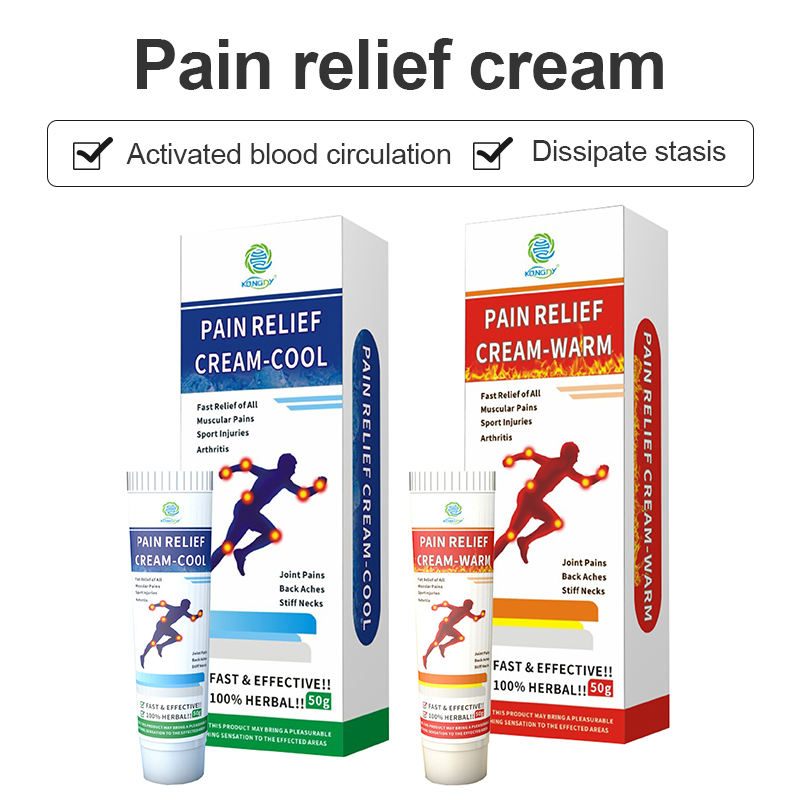Pain creams have become increasingly popular as a non-invasive method for managing various types of pain. But what exactly makes these topical treatments effective, and how do they work on a physiological level? Understanding the science behind pain creams can help users make informed decisions about their pain management strategies.
At the core of pain cream efficacy is the concept of transdermal absorption. When applied to the skin, the active ingredients in these creams penetrate through the epidermis and dermis, reaching the underlying tissues where pain and inflammation occur. This localized delivery system allows for targeted relief without significantly affecting other parts of the body.
Many pain creams utilize a combination of active ingredients, each with its own mechanism of action. For instance, menthol, a common component in these formulations, activates cold-sensitive TRPM8 receptors in the skin. This creates a cooling sensation that effectively masks pain signals sent to the brain. Simultaneously, it causes local blood vessels to constrict and then dilate, improving blood flow to the affected area.

Another frequently used ingredient, capsaicin, works by depleting substance P, a neurotransmitter responsible for sending pain signals. Initially, capsaicin causes a warming sensation, which some users find uncomfortable. However, with repeated use, it can lead to desensitization of local pain receptors, providing longer-term relief.
Salicylates, derivatives of aspirin, are also common in pain creams. These compounds work by inhibiting the production of prostaglandins, which are responsible for inflammation and pain. By reducing inflammation at the site of application, salicylates can effectively alleviate discomfort and improve mobility.
Recent advancements in pain cream technology have led to the development of liposomal delivery systems. These microscopic vesicles enhance the penetration of active ingredients through the skin barrier, increasing the overall effectiveness of the treatment.
While pain creams have shown promising results in managing various types of pain, their efficacy can vary depending on the specific condition and individual factors. Studies have demonstrated particular success in treating osteoarthritis, with some topical NSAIDs showing comparable relief to oral medications but with fewer systemic side effects.
It’s important to note that while pain creams are generally considered safe, they are not without potential risks. Some individuals may experience skin irritation or allergic reactions to certain ingredients. Additionally, the systemic absorption of some components, particularly salicylates, can be a concern for individuals with certain health conditions or those taking blood-thinning medications.
In conclusion, the science behind pain creams reveals a complex interplay of physiological mechanisms that contribute to their pain-relieving effects. As research continues to evolve, we can expect to see even more targeted and effective formulations in the future, providing users with increasingly sophisticated options for managing their pain topically.






